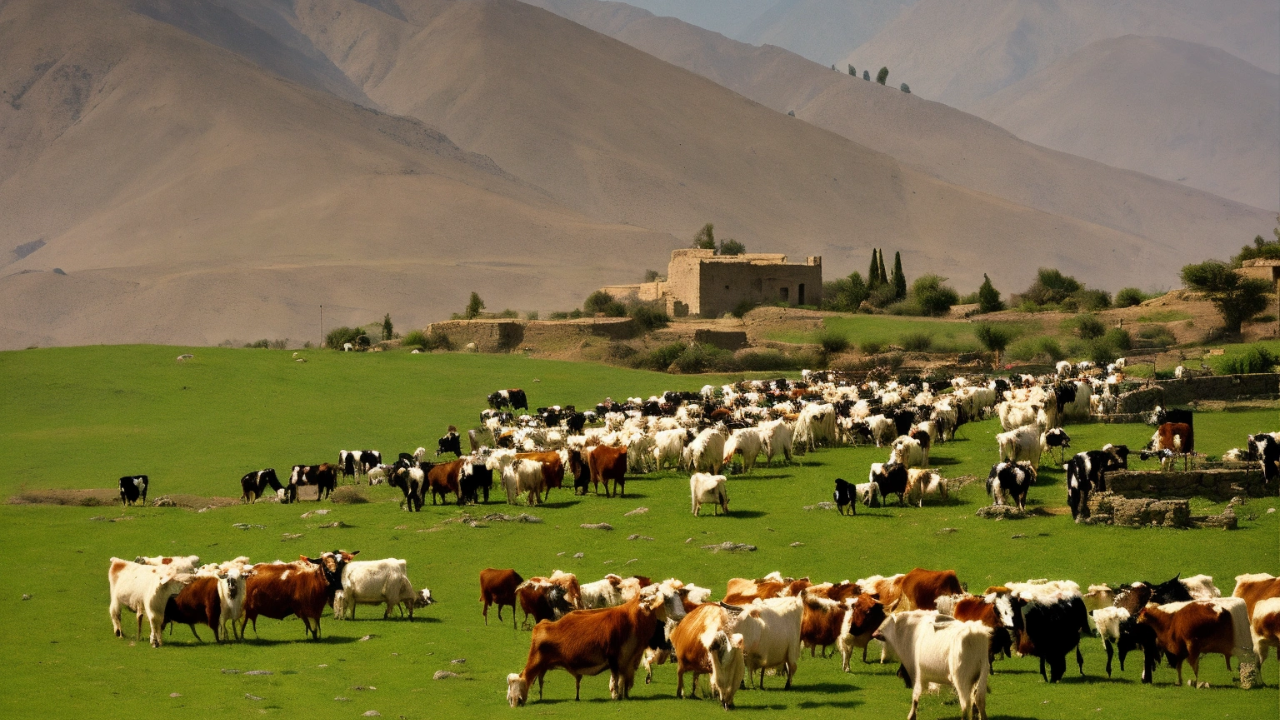[ad_1]
Millions of livestock have perished as climate change exacerbates impacts of extreme winter weather in the East Asian nation of Mongolia, crippling nomadic communities that rely on the animals for income and threatening wider economic damage. The frequency of natural disasters in Mongolia has doubled over the past two decades and climate change is contributing to land degradation, desertification and water scarcity, which makes livestock less fit to survive harsh winters, according to the UN.
Extreme events known as dzuds, which are characterized by below freezing temperatures, strong winds and heavy snow and ice, can wipe out entire herds of goats, sheep and horses. The country has experienced six dzuds over the past decade and this winter brought the highest snowfall in nearly a half century. Winter in Mongolia usually lasts about five months, from Nov to March.
The most recent dzud struck 20 out of the nation’s 21 provinces killing 5.9 million animals, or roughly 9% of the total as of the end of last year. “This is all a big vicious cycle that is now threatening livelihoods of thousands of herders, taking significant toll on the country’s economy and also threatening century old nomadic lifestyle,” Matilda Dimovska, UN Development Programme resident representative in Mongolia said in an emailed statement.
Temperatures in Mongolia have increased 2.5C over the past 80 years, increasing droughts and reducing pasture growth. This limits summer grazing, when animals build up critical reserves of fat needed to endure severe winter conditions. Temperature fluctuations during winter months are causing thawing and refreezing cycles that create ice barriers to food.
Agriculture accounts for just 10% of the Mongolia’s gross domestic product, but its pastoral livestock production system provides livelihoods for more than 80% of the rural population and is viewed as an economic pillar. Nomadic herdsman also hold cultural importance and are central to Mongol identity.
Extreme events known as dzuds, which are characterized by below freezing temperatures, strong winds and heavy snow and ice, can wipe out entire herds of goats, sheep and horses. The country has experienced six dzuds over the past decade and this winter brought the highest snowfall in nearly a half century. Winter in Mongolia usually lasts about five months, from Nov to March.
The most recent dzud struck 20 out of the nation’s 21 provinces killing 5.9 million animals, or roughly 9% of the total as of the end of last year. “This is all a big vicious cycle that is now threatening livelihoods of thousands of herders, taking significant toll on the country’s economy and also threatening century old nomadic lifestyle,” Matilda Dimovska, UN Development Programme resident representative in Mongolia said in an emailed statement.
Temperatures in Mongolia have increased 2.5C over the past 80 years, increasing droughts and reducing pasture growth. This limits summer grazing, when animals build up critical reserves of fat needed to endure severe winter conditions. Temperature fluctuations during winter months are causing thawing and refreezing cycles that create ice barriers to food.
Agriculture accounts for just 10% of the Mongolia’s gross domestic product, but its pastoral livestock production system provides livelihoods for more than 80% of the rural population and is viewed as an economic pillar. Nomadic herdsman also hold cultural importance and are central to Mongol identity.
[ad_2]
Source link


